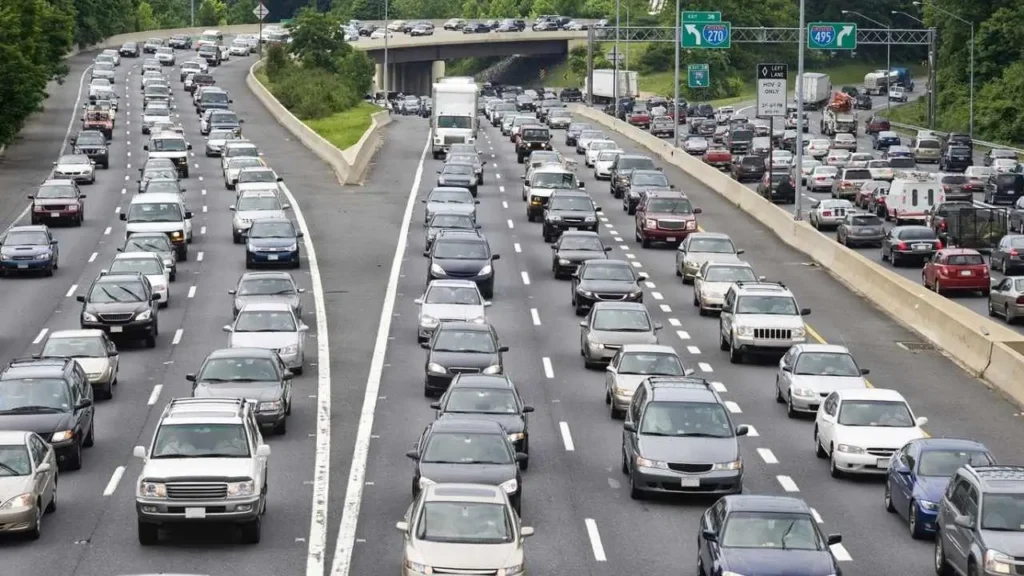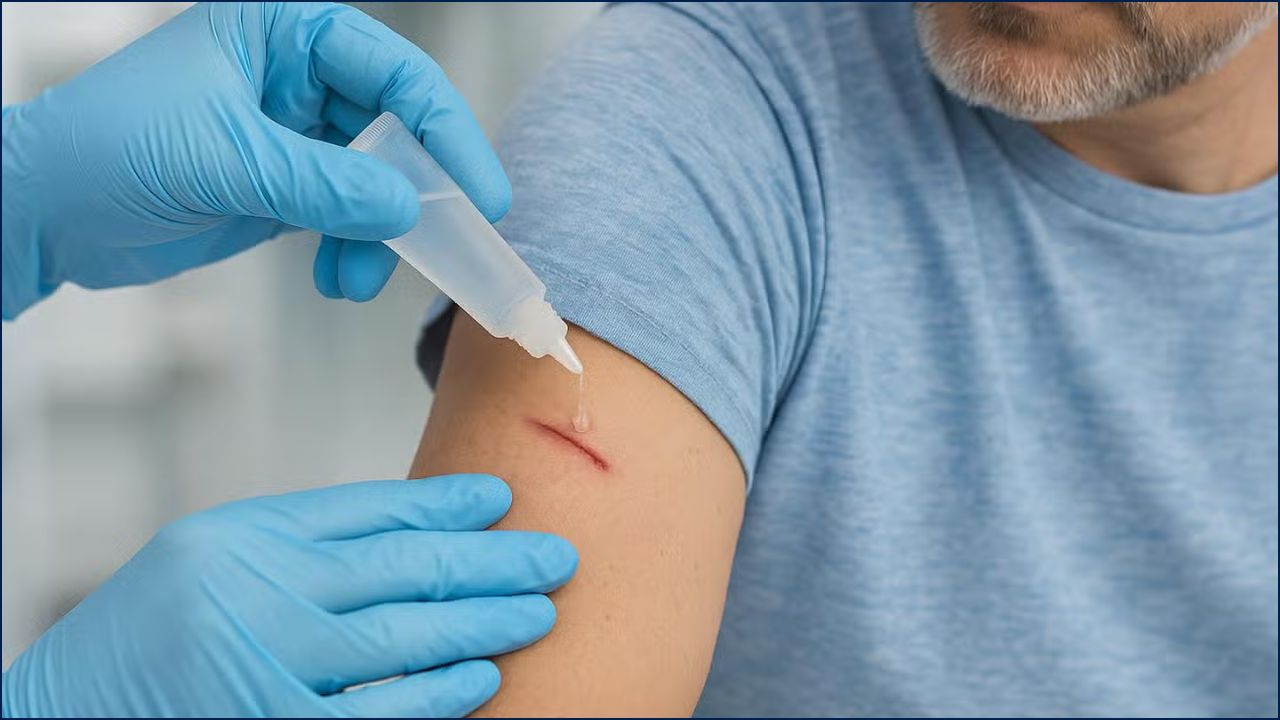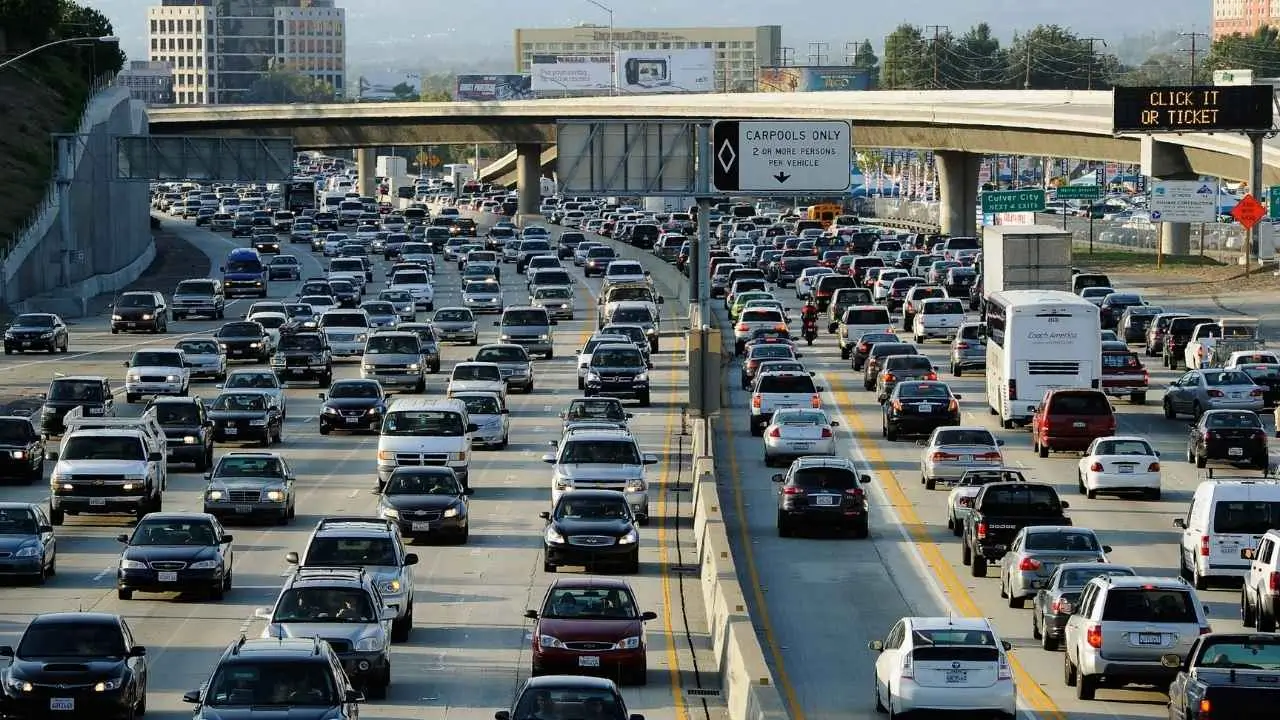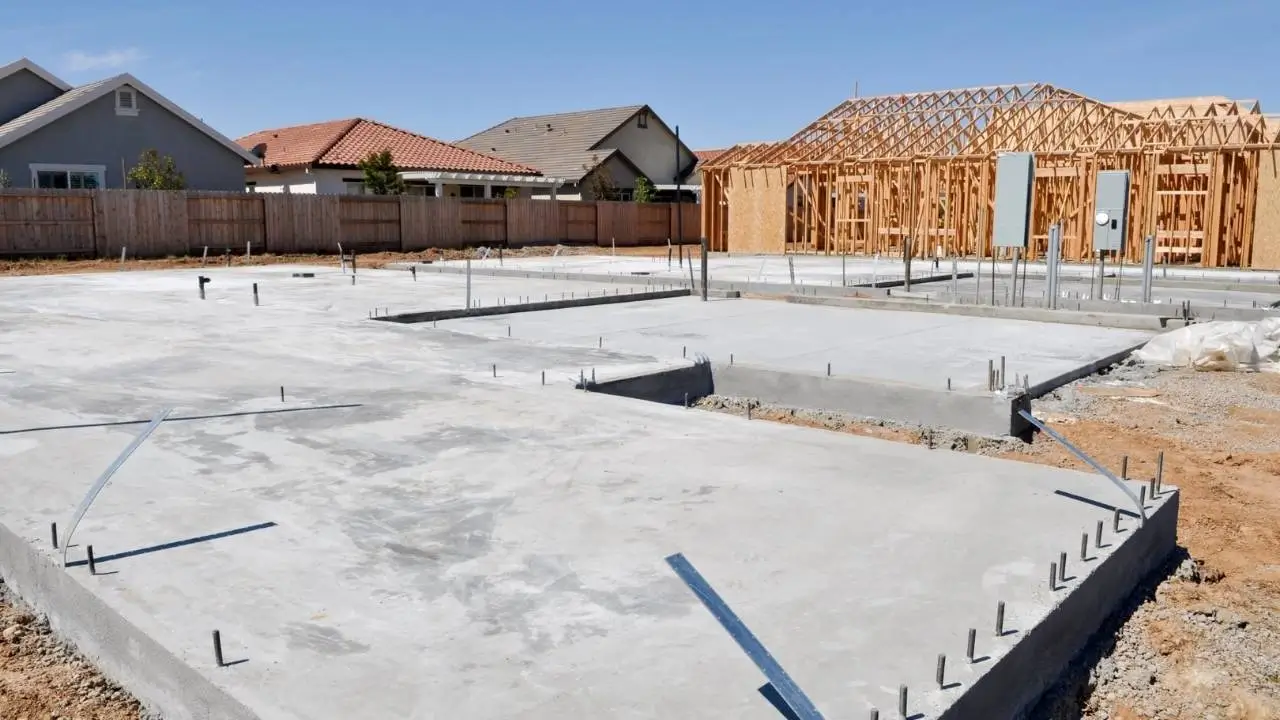Expanding roads in rapidly growing neighborhoods is a common response to rising traffic congestion. Local governments often view road expansion as a solution to accommodate the increasing number of vehicles. However, a deeper analysis reveals a complex set of unintended consequences that include worsened traffic congestion, environmental degradation, and escalating economic costs. As these neighborhoods grow, the true price of expanding roads often becomes clearer, raising questions about whether such projects are genuinely beneficial in the long run.
Expanding roads to accommodate growing traffic in expanding neighborhoods is a practice that, while seemingly practical, often leads to unintended consequences. Increased traffic, environmental degradation, and high economic costs are just a few of the hidden prices of road expansion. As cities continue to grow, it is essential to consider whether road expansion is the best solution or if there are more sustainable alternatives available.

Instead of relying on road expansion as the primary method of solving congestion, urban planners must explore other strategies that promote sustainable growth. By investing in public transportation, cycling infrastructure, and pedestrian-friendly urban designs, cities can create more livable, environmentally-friendly spaces. These alternatives offer a more sustainable and equitable way forward, one that does not rely on the constant expansion of roads but instead creates a transportation system that serves all residents.
With growing awareness of the environmental and economic costs of road expansion, there is hope that urban development will shift toward more sustainable, long-term solutions. The future of urban planning lies in building communities that prioritize people over cars, creating more sustainable neighborhoods for the next generation.
The Cycle of Road Expansion and Increased Traffic
The goal of expanding roads is typically to alleviate traffic congestion by providing more lanes for vehicles to travel. At first glance, this might seem like an effective solution. Yet, research consistently shows that adding more lanes often leads to a phenomenon known as induced demand. This refers to the idea that expanding roads results in more cars on the road, which eventually brings congestion levels back to where they were before the expansion, or even worse.
In many urban areas, the idea of building new lanes or widening existing ones to ease congestion is often a short-term fix. A growing body of research has demonstrated that road expansion rarely leads to permanent traffic relief. The additional lanes create the perception of less congestion, which in turn encourages more drivers to use the roads. As a result, the expansion of roads often results in traffic returning to the same level of congestion, effectively neutralizing the benefits of road expansion.
Cities that have experienced rapid growth often see these patterns unfold. Road expansion can increase vehicle miles traveled (VMT), which is the number of miles driven by all vehicles on a given road network. However, as traffic levels rise and the increased capacity attracts more cars, the problem of congestion is never truly solved. What was meant to be a remedy becomes yet another contributing factor to the problem.
The Environmental Impact of Road Expansion
Road expansion comes with significant environmental costs that are often overlooked in the planning process. Every time a road is widened, there is an inevitable loss of green space and wildlife habitats. The environmental consequences can be severe, especially in rapidly growing urban neighborhoods where natural landscapes are already limited.
One of the primary environmental concerns is the increased level of pollution that comes with expanded roads. As more cars take advantage of newly built lanes, more fuel is consumed, and more pollutants are released into the atmosphere. The result is not just local air quality issues, but also a broader contribution to climate change. The increase in car emissions exacerbates the problem of global warming, which has become one of the most pressing environmental issues of the 21st century.
Moreover, road expansion projects often lead to an increase in impervious surfaces. Roads, parking lots, and other paved areas prevent water from being absorbed into the ground, resulting in increased runoff. This leads to a higher risk of flooding, water pollution, and other negative effects on local ecosystems. The environmental toll is not limited to air and water pollution. The physical expansion of roads through previously undeveloped areas can damage local ecosystems, affecting plant and animal life that rely on these spaces for survival.
The Economic Costs of Expanding Roads
While road expansion is often presented as an investment in a neighborhood’s future, the economic costs can be significant. Expanding infrastructure such as roads requires enormous financial resources. Construction costs alone can run into the billions of dollars, and ongoing maintenance to keep these roads functional further adds to the financial burden on local governments.
Moreover, the funds allocated to road expansion projects can divert resources from other crucial areas, such as public transportation, affordable housing, or parks and recreation. While expanding roads may seem like a necessary investment, it’s important to consider whether these funds could be better spent on solutions that promote sustainable growth and reduce dependence on cars. Cities that invest heavily in roads often find themselves neglecting other areas that could improve the quality of life for residents in more meaningful ways.
For instance, many cities are struggling with outdated public transportation systems that could be improved with the same funding allocated for road expansion. Instead of increasing road capacity, cities could invest in sustainable transportation options, such as bus and rail systems, that would reduce reliance on cars and ease congestion without the need for new lanes.
Additionally, expanding roads often leads to higher property values in areas that become more accessible by car. This, in turn, can lead to gentrification, pushing out lower-income residents and increasing the cost of living. The economic costs of road expansion extend far beyond the price of construction and maintenance; they ripple through communities in ways that can worsen inequality.
Beyond the City Limits: The Rural Towns Absorbing Logan’s Overflow
Exploring Alternatives to Road Expansion
As the negative impacts of road expansion become more evident, some urban planners and policymakers are beginning to focus on alternative strategies for managing traffic and promoting sustainable growth. These alternatives center around reducing car dependency and improving transportation options that are both eco-friendly and efficient.
One of the most effective alternatives is the development of public transportation systems. Cities that invest in high-quality, affordable public transit networks often see a reduction in traffic congestion and a lower reliance on cars. Not only does this reduce environmental pollution, but it also helps to create more equitable transportation systems by making mobility accessible to all income levels. Cities like Portland and Copenhagen have invested heavily in public transit, cycling infrastructure, and pedestrian-friendly urban designs, and they have seen significant reductions in car traffic and improvements in quality of life.
In addition to public transit, encouraging cycling and walking as modes of transport can help alleviate the pressure on roads. Cities that prioritize cycling infrastructure, such as dedicated bike lanes and bike-sharing programs, often see a reduction in traffic congestion, as more residents opt for bikes instead of cars. Creating pedestrian-friendly neighborhoods also encourages walking, which can reduce the need for short car trips, further easing congestion.
The goal of these alternatives is not to eliminate cars entirely but to create a more balanced and sustainable urban mobility system. By investing in infrastructure that supports public transit, cycling, and walking, cities can reduce their reliance on roads while creating more vibrant, sustainable communities.

















